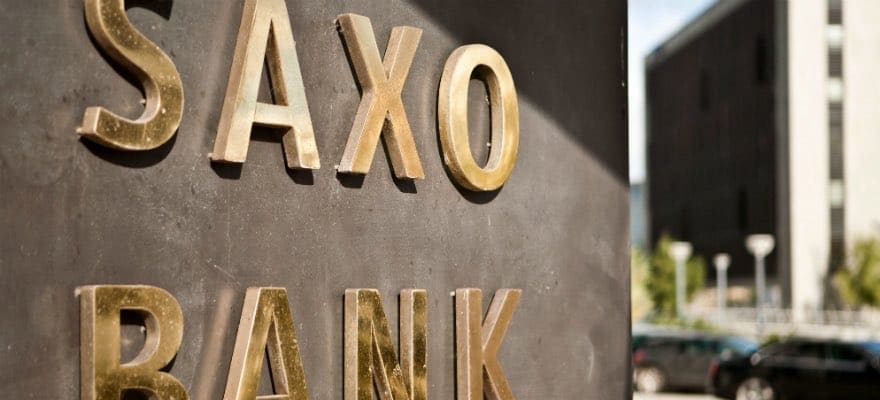The Danish Financial Supervisory Authority (FSA) has published its conclusions of the investigation it has conducted into Saxo Bank’s anti-money laundering systems and its risk policies.
Firstly, the regulator has acknowledged that the Denmark-based Forex bank has managed to reduce the risks related to its core business, namely with regards to trade execution and liquidly management. Let’s recall that Saxo had been hit hard by more than $100 million in losses following the Swiss central bank's decision to allow its currency to float freely against the euro in 2015.
However, the FSA had identified some issues with Saxo’s compliance systems and controls, leaving the bank vulnerable to non-financial risks. In particular, the Danish FSA considers that the business model has high inherent compliance and financial crime risks.
The auditors reviewed the bank's business model and its approach to risks and found that its compliance functions are mainly focused on securities trading, money laundering, and market abuse. As such, the watchdog instructed Saxo to expand the culture of compliance to cover all relevant areas for its business.
More independence to compliance staff
The Danish Financial Supervisory Authority also found that the Bank's initiatives to reduce the risks related to compliance and financial crime were not sufficiently prioritized. Further, it said that the bank’s initiative to strengthen KYC measures had not been given high priority, and the bank was thus instructed to complete the relevant work.
The auditors also recommended that the senior management team should develop a more effective risk register to identify and assess live and potential risks.
“The Danish FSA was able to observe that the board's policies and guidelines in a number of areas were imprecise, among other things. regarding compliance risks and risk of financial crime. The bank was instructed that the board should ensure clearer delimitation of the risk appetite,” it said.
The FSA also asked Saxo’s board to give its compliance officers greater autonomy and to take reasonable steps to ensure that the company’s chief risk officer is chairman of committees which, in addition to discussing risks, also make business-related decisions. The regulator also requires the risk officer to prepares a more comprehensive annual report that indicates whether all material risks are identified, measured, managed and reported correctly.
This is also meant to ensure consistency between the workings of operational staff within Saxo’s compliance practices and executives.
Finance Magnates has reached out to Saxo Bank and we received the following comment:
- We have taken note of the Danish FSA's orders as they reflect areas we take very seriously, and we have therefore already initiated concrete initiatives, that we will now accelerate further with increased resources and priority. Saxo Bank's compliance function, as the Danish FSA also states, has been focusing on the securities trading area, the anti-money laundering area and market abuse, but we will furthermore ensure that the compliance function is widened to sufficiently cover other Regulation with relevance to the bank's activities.
- Moreover, we have adjusted the organization around the role of the chief risk officer to make sure this position remains independent.
- We are satisfied that the FSA notes the fact that we, over the last couple of years, have reduced the bank's risk significantly in relation to clients' trades and hedging hereof. The process of reducing the bank's risk has required significant investments, and today we operate a notably more robust business model which is scalable and provides access to global capital markets for both direct clients and partners.
- Furthermore, it is evident from the report that the Danish FSA's conclusions do not impact our clients or financial position. The bank's CET1 ratio is at 27.0 percent, and the total capital ratio is at 32.7 percent, which we consider a solid foundation both in relation to the Danish FSA's remarks and the execution of the bank's long-term strategy - including the planned acquisition of BinckBank.





















